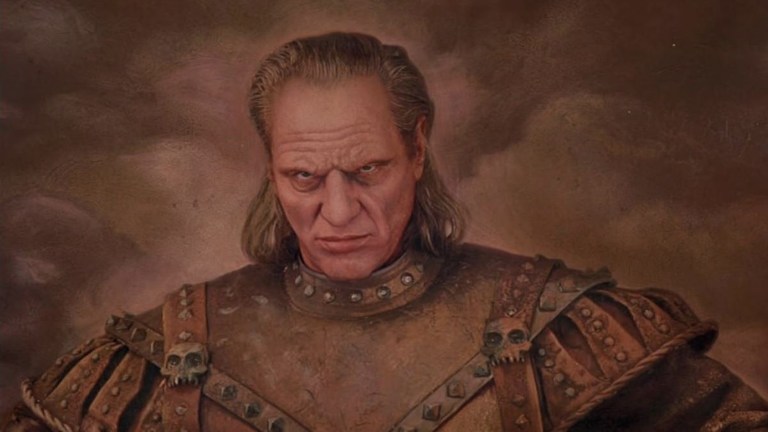Final Fantasy 16’s Design Was Inspired By a Surprising ’80s Comedy
We know that Final Fantasy 16 is going to be an unusual entry in the RPG franchise, but it's a little surprising to hear which '80s comedy inspired one of the game's character designs.

We knew that Final Fantasy 16 was going to be an untraditional Final Fantasy game in several ways, but we now know the game will draw from some truly unusual sources that include divisive sequels to classic ’80s comedies.
In an extensive interview with IGN, Final Fantasy 16 director Hiroshi Takai, localization director Michael-Christopher Koji Fox, creative director Kazutoyo Maehiro, and producer Naoki Yoshida took the time to share some new details about the game. While the entire interview is fascinating (reporter Kat Bailey’s interviews rarely miss), some of the most incredible tidbits to emerge from the discussion concern some of the game’s outside influences.
For instance, the FF 16 team was asked about whether or not the 2023 game’s medieval atmosphere and slightly more politically-driven storytelling were at all influenced by Game of Thrones or The Witcher. Here’s what Michael-Christopher Koji Fox had to say on that subject:
“The two series being so prominent, I suppose it’s hard to make a medieval high-fantasy game these days without drawing at least a few comparisons to Game of Thrones and The Witcher. And while we are ultimately aiming for something that we hope can stand alone on its own merits, the truth is, there are a lot of fans of Game of Thrones on the development team, and so you will find some instances of similarity in narrative themes and character design. For the most part, however, these similarities usually don’t extend much beyond a few outward features, be they concerning appearance or characterization.”
Well, that all sounds reasonable enough. However, Fox goes on to describe a much more unusual outside inspiration for aspects of the RPG’s design.
“Look hard enough, and you’ll find bits and pieces from many different types of media,” Fox explains. “Drawing inspiration from other works is often how a lot of ideas are conceptualized in the early stages of development…The same can be said for characters. Broad strokes like ‘Indiana Jones cocky, but with the looks of Vigo from Ghostbusters 2‘ can help get everyone on the same page. The final results may still include some vestiges of that original concept that people may point at and say ‘Look, Vigo!’ but once you dig deeper, you’ll find that it was really only the hairline.”
The interview goes on to note that there are “no Indiana Vigos in XVI…probably,” which is honestly kind of a shame.
For those who don’t know, the Vigo the interview refers to is none other than Vigo the Carpathian: the primary antagonist of 1989’s Ghostbusters 2. Brilliantly portrayed by actor Wilhelm von Homburg, the imposing Vigo is often considered to be the highlight of an otherwise uneven film. Of course, some will argue that Ghostbusters 2 is a misunderstood masterpiece, but…well, that’s a discussion for another day.
In any case, Vigo (also known as Vigo the Cruel, Vigo the Torturer, Vigo the Despised, and Vigo the Unholy) is certainly a striking figure that has managed to stand out all these years later. In that sense, it’s not really that unusual that he was used as a design reference point. The Vigo character design is striking and really stands out in that “Fabio meets Vlad the Impaler” kind of way. You can just say the name Vigo to someone who has seen Ghostbusters 2, and they’ll be able to instantly picture who you’re talking about. It stands to reason that he would be used as shorthand for a character archetype.
Even still, it’s oddly hilarious to think of someone on the Final Fantasy 16 design team saying “You know…like Vigo!” when trying to finish a character design for gaming’s most epic and influential RPG franchise. In any case, I’m dying to see which character in Final Fantasy 16 was inspired by the Scourge of Carpathia and the Sorrow of Moldavia. Let’s just hope that one of the sidequests doesn’t ask us to find him a child so that he might live again.
